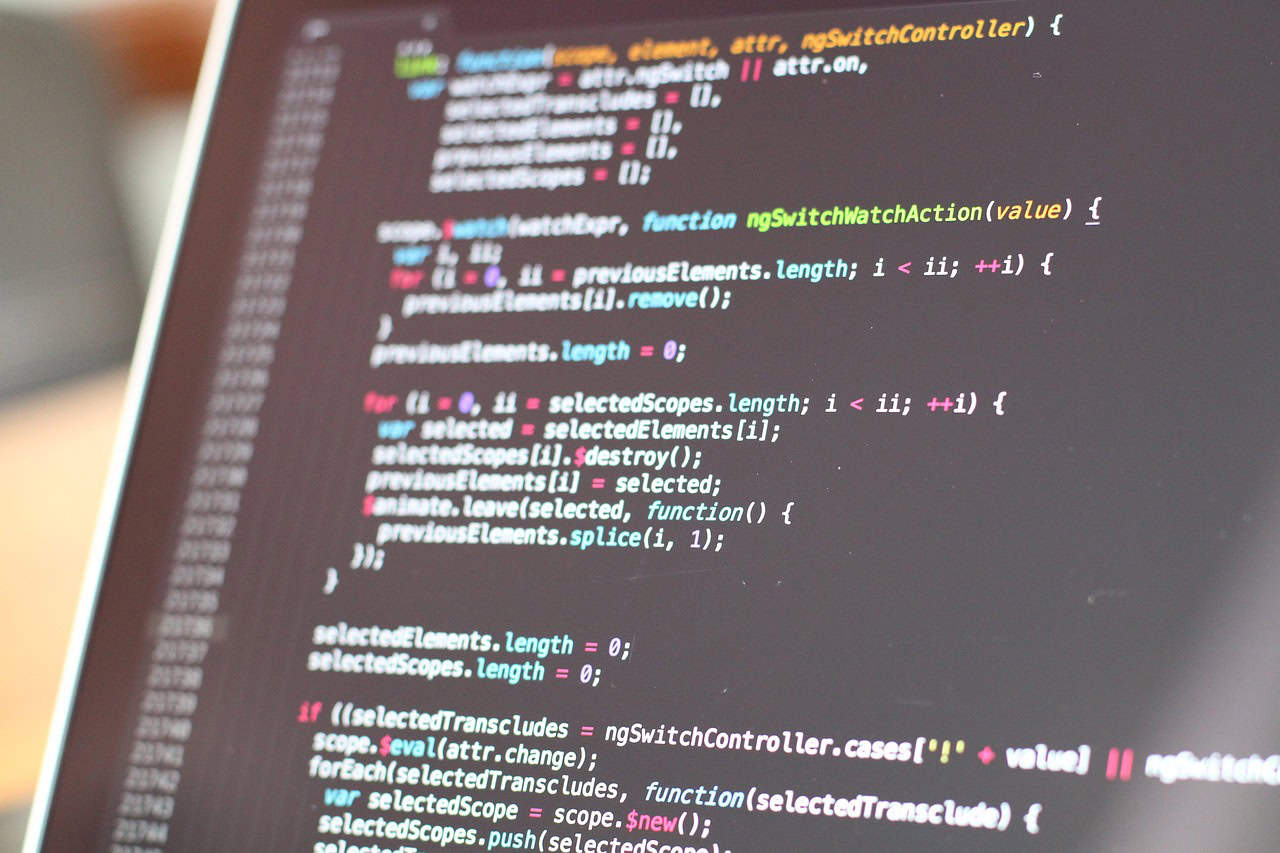Exploring NumPy in Python: The Essential Library for Scientific Computing
Estimated reading time: 5 minutes
- What is NumPy and its history
- Key features and advantages
- How to use NumPy effectively
- Applications in various fields
- Community engagement and resources
Table of Contents
- What is NumPy?
- Key Features of NumPy
- Advantages of Using NumPy
- How to Use NumPy
- Applications of NumPy
- Community and Development
- Practical Takeaways
- Conclusion
- Call to Action
- FAQ
What is NumPy?
NumPy, short for Numerical Python, is an open-source library that serves as a cornerstone for data manipulation and analysis in Python. Created in 2005 by Travis Oliphant, NumPy has quickly become an essential tool for data scientists and engineers alike, underpinning many other libraries and frameworks in the Python ecosystem (W3Schools, NumPy Documentation).
Key Features of NumPy
1. Multidimensional Arrays
At the heart of NumPy is the ndarray object, which allows developers to work with multidimensional arrays of homogeneous data types. Unlike Python’s built-in lists, which can store diverse data types but are less efficient for numerical operations, NumPy arrays provide a structured way to handle numerical data (W3Schools, NumPy Documentation).
2. Performance
NumPy arrays are significantly faster than native Python lists. This speed comes from their contiguous memory allocation, making them ideal for handling large datasets and performing complex calculations (W3Schools).
3. Mathematical Capabilities
NumPy offers an extensive range of mathematical functions, linear algebra routines, and advanced computational tools, including Fourier transforms. These capabilities facilitate heavy-duty computations on arrays, making it a favorite among scientists and engineers (W3Schools, NumPy Documentation).
4. Interoperability
Another significant advantage of NumPy is its seamless integration with other Python libraries and data structures. This interoperability enhances the overall capabilities of data analysis applications and promotes a rich ecosystem of scientific computing tools (NumPy Documentation).
Advantages of Using NumPy
- Speed: NumPy arrays can be up to 50 times faster than standard Python lists, especially for numerical operations. This enhanced speed results from both compact memory storage and optimized CPU architecture compatibility (W3Schools).
- Efficient Data Storage: By containing data in a single, contiguous memory block, NumPy improves data locality, resulting in faster access and manipulation of arrays (W3Schools).
- Extensive Functionality: NumPy’s extensive capabilities make it versatile for various applications, ranging from data science and machine learning to statistical analysis (NumPy Documentation).
How to Use NumPy
Using NumPy in your Python script is straightforward. You can import the library using the convention:
import numpy as np
This allows you to access NumPy’s functionalities using the prefix np., which helps prevent naming conflicts with other libraries (NumPy Documentation).
Applications of NumPy
The applications of NumPy are vast and varied, reflecting its flexibility and computational power:
- Data Science: NumPy is fundamental in data science due to its ability to efficiently handle large datasets and execute complex mathematical operations, making it indispensable for data analysts (W3Schools).
- Scientific Computing: Researchers and engineers commonly use NumPy for simulations and statistical analysis, particularly in fields like physics, chemistry, and engineering (NumPy Documentation).
- Machine Learning: Many machine learning frameworks, such as TensorFlow and PyTorch, rely on NumPy arrays as the foundation for more intricate data structures and algorithms (NumPy Documentation).
Community and Development
The strength of NumPy is further bolstered by its vibrant community. The source code is hosted on GitHub, where developers and users can contribute to its ongoing development. This collaborative environment helps ensure that NumPy remains at the forefront of technological advancements in computing and data analysis (W3Schools).
Practical Takeaways
- Start with the Basics: If you’re new to NumPy, begin by familiarizing yourself with the
ndarrayobject and basic operations. Understanding array properties is fundamental to utilizing NumPy effectively. - Explore the Documentation: The official NumPy documentation is an invaluable resource. It not only provides comprehensive guides on various functionalities but also offers tutorials that can help you grasp advanced concepts.
- Integrate with Other Libraries: Leverage NumPy alongside libraries like pandas for data manipulation and scipy for scientific computations to maximize your programming potential.
- Join the Community: Engaging with community forums and resources can enhance your learning. Consider contributing to the codebase on GitHub to deepen your understanding.
Conclusion
NumPy is more than just a library; it is the backbone that supports much of Python’s prowess in data science and scientific computing. Its efficient data handling, speed, and vast functionalities make it an essential tool for anyone looking to excel in fields driven by numerical data. As technology progresses, NumPy continues to adapt, ensuring its relevance for years to come.
Whether you are just starting your journey into Python or are looking to enhance your skills, mastering NumPy will undoubtedly serve you well.
Call to Action
Ready to dive deeper into Python? Explore our other blog posts at TomTalksPython, where we provide insights, tutorials, and resources to enhance your Python programming skills. Join our community and unlock your potential today!
FAQ
- What is NumPy used for? NumPy is primarily used for numerical computing in Python, offering powerful capabilities for handling arrays and performing mathematical operations.
- How does NumPy differ from Python lists? NumPy arrays are more efficient for numerical operations, providing improved performance and functionality compared to standard Python lists.
- Can NumPy be used for machine learning? Yes, many machine learning frameworks rely on NumPy as a foundational library for handling data structures and computations.
Legal Disclaimer: The information provided in this article is for informational purposes only and should not be considered professional advice. Consult a qualified professional before implementing any strategies discussed in this post.
